The map of the medieval world was constantly changing, as various kingdoms, principalities and states fought each other and redrew borders. In Europe and western Asia there were many states that rose to power and then later fell. Some of the most well-known ones include the Holy Roman Empire, the Kingdom of Jerusalem and the Abbasid Caliphate. Here, we take a look at 10 of the lesser known kingdoms that no longer exist.
In the early Middle Ages, the British Isles were divided into many small kingdoms of vague borders and limited power. Dál Riata was one example – it was unusual since its territory included parts of present-day western Scotland and northern Ireland. Irish annals mention various kings of Dál Riata from the sixth century to the mid-ninth century. The kingdom was gradually absorbed into other proto-Scottish kingdoms, with Viking attacks destroying the remnants.
In the fifth century a Germanic tribe known as the Burgundians emigrated into what is now southeastern France. The Kingdom of Burgundy was established and lasted a little over a hundred years before being absorbed by the Merovingian Franks. From 933 to 1033, a second Kingdom of Burgundy was established, and even in later centuries the rulers of Burgundy retained considerable autonomy, until the death of Charles the Bold in 1477; afterwards the lands of Burgundy were taken over by the French crown.
In 1031, following years of civil war, the Caliphate of Cordoba fractured into dozens of smaller states known as Taifa. While some held large territories, others were just independent towns. During the eleventh and twelfth centuries the infighting between the Taifa states allowed for the Christian states in the north to begin their ‘Reconquista’ of much of Iberia.
Between the ninth and thirteenth centuries, the islands of the Hebrides, part of the Scottish coast, and the Isle of Man, were ruled by a semi-independent Kingdom of the Isles. Increasing pressure from Norway and Scotland, and infighting for the throne, led to the kingdom becoming absorbed into Scotland in 1266.
In 1229-30 the Balearic islands were captured from the Moors by King James I of Aragon. Upon his death in 1276, his eldest son Peter inherited the Crown of Aragon, while the second son James, became the King of Majorca. Despite coming from the same family, relations between the rulers of Aragon and Majorca would often be tense and hostile. In 1343-4, Peter IV of Aragon invaded and captured the islands. The last king of Majorca, James III, was killed in a battle while trying to retake the islands in 1349.
In the 1250s a Mongol army under Hulagu Khan was sent to the Middle East to capture all the lands up to the Nile River. While Hulagu was able to captured Baghdad in 1258, his forces were stopped by the Mamluks at the Battle of Ain Jalut in 1260. Hulagu and his descendants established the Ilkhanate, which controlled most of present-day Iran, Iraq and the Caucasus. The empire only lasted until 1335 when it splintered as various rivals tried to claim the throne.
Armenian Kingdom of Cilicia
During the eleventh century large numbers of Armenian refugees, fleeing from the Seljuks, established themselves in the lands around northeast corner of the Mediterranean Sea. Around 1080 the Armenians rebelled against the Byzantine empire and established their own independent principality. in 1199 its prince was able to get enough European support to elevated himself to the title of King. However the independence of Cilician Armenia was short-lived – the Mongols forced them to become their client-state, and in subsequent wars with the Mamluks the kingdom was invaded and defeated, ending when its last king Levon V, was forced into exile in 1375.
State of the Teutonic Order
In the thirteenth century, German crusaders launched attacks against various pagan peoples along the Baltic coast. Gradually the Order of the Teutonic Knights established their own state over the lands they were able to conquer, but after their loss to Poland-Lithuania at the Battle of Grunwald in 1410 their state went into decline and was gradually portioned off to other kingdoms and states.
Empire of Trebizond
After the fall of Constantinople in 1204 to the Crusaders, several Byzantine successor states were established, including one based around the city of Trebizond along the southern coast of the Black Sea. The small kingdom managed outlast the other parts of the Byzantine Empire, only being conquered by the Ottoman Turks in 1461.
Kingdom of Navarre
Also called the Kingdom of Pamplona, this small state existed from the first half of the ninth century until the sixteenth. Largely made up of the Basque peoples and occupying lands on either side of the Pyrenees, the kingdom found itself caught in various conflicts between other Spanish kingdoms, France, and the Hundred Years War. During the sixteenth century the southern half was taken over by Spain, and the northern half by France.
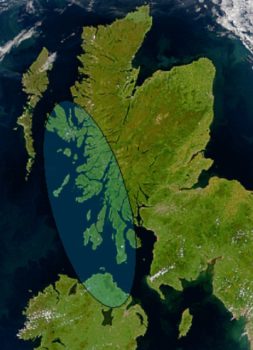
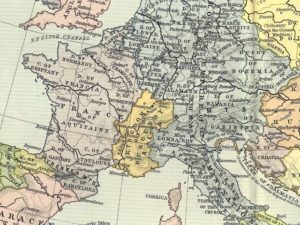
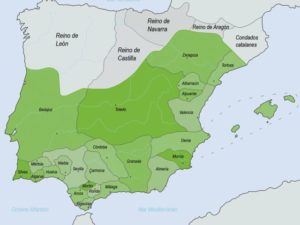
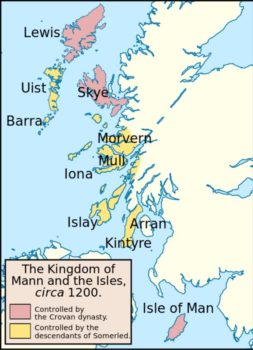
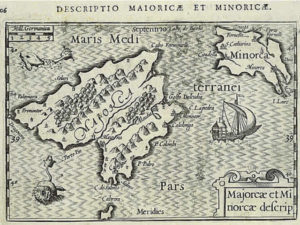
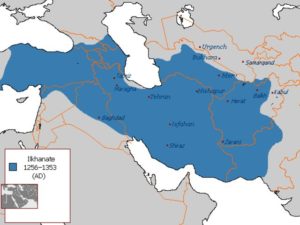
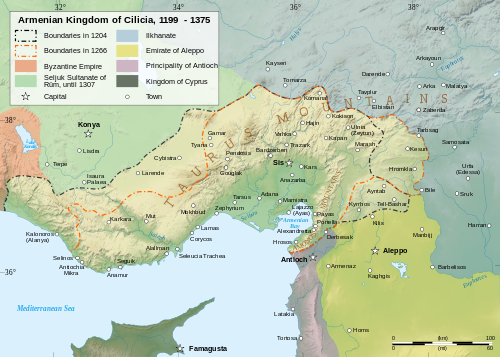
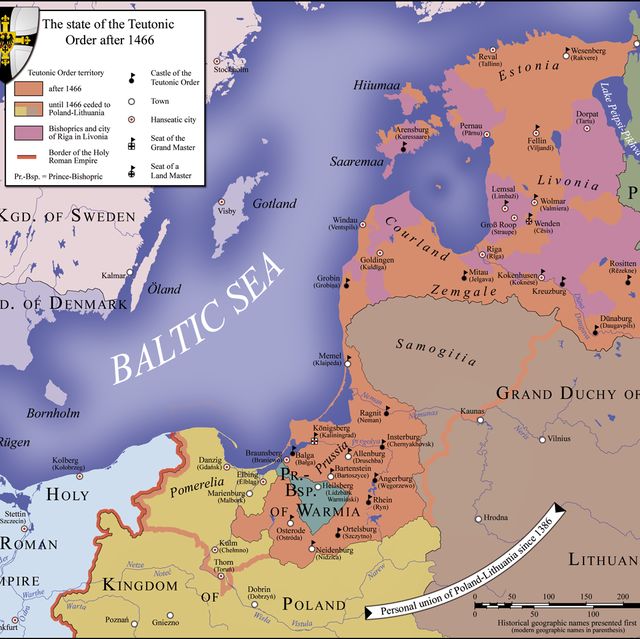
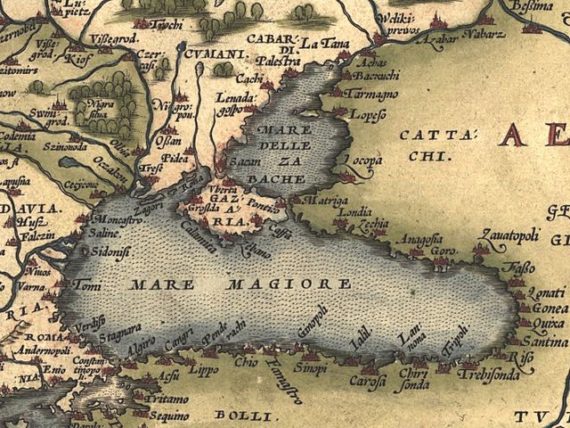
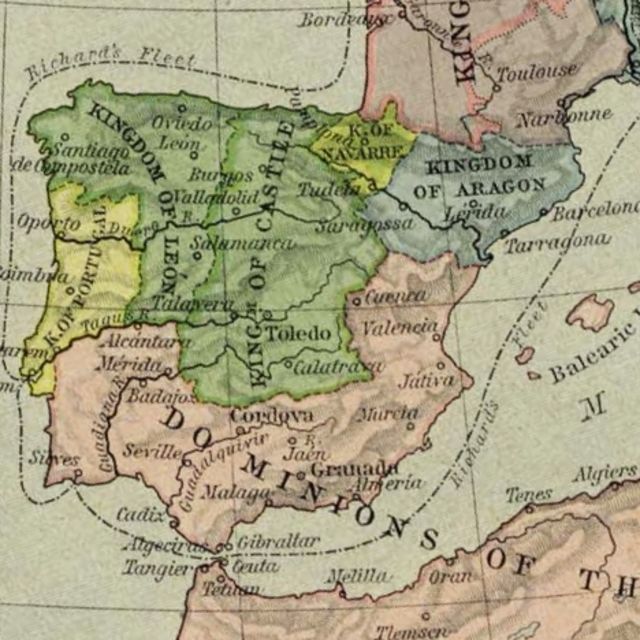














Pentru a putea adăuga comentarii trebuie să fii membru al altmarius !
Alătură-te reţelei altmarius